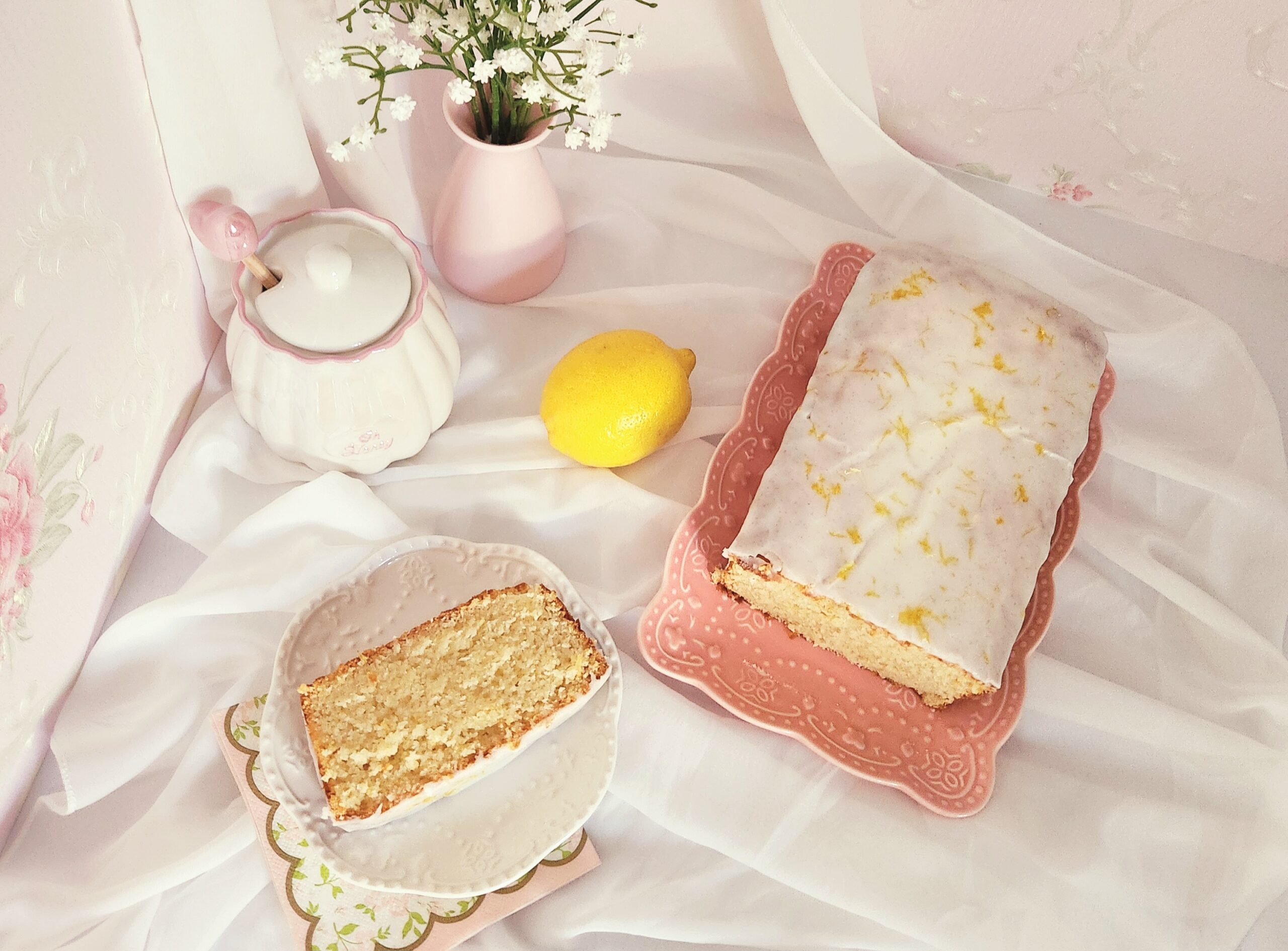
Flavoring a lemon dessert is a delicate balancing act. If you don’t go far enough, it’s sad and kinda bland. If you go too hard, it tastes like cleaning supplies. Whenever I’m developing a new recipe, I tend to have the latter issue at first since I always strive for what I create to be a full on punch of flavor. If it says lemon, strawberry, peanut butter, or vanilla, there should be no question what you’re tasting! I think I’ve perfected that balance with this recipe.
I’m not even going to call this a dupe for the Starbucks lemon loaf, I’m full on audaciously declaring it to be too good for that title. There’s nothing wrong with grabbing a pre-made treat, but if you’re going to go through the hard work of creating something yourself, your labor of love should end up better than whatever you can grab from a chain. The sponge is soft, tender, and fragrant, with a delightfully tangy glaze that’s reminiscent of lemonade. Perfect to bake for the lemon lover in your life, whether you’ve got decades of baking under your belt or you’re just starting out! No expensive mixer needed, only your determination and supplies you’d find in most kitchens.
FAQs and Science
Why let the lemon zest sit in the sugar for several minutes before throwing them into the rest of the batter?
Doing this step helps with flavor development. The sugar will draw out the natural oils in the lemon zest, thus intensifying the lemon flavor in the loaf.
How do I zest a lemon?
I like to use the Martha Stewart method, since it’s easier to see what’s going on with the fruit that way. Take your microplane or fine grater and drag it along the top of the lemon in short bursts, shaving off the yellow part of the peel and avoiding the white pith underneath. Turn the lemon as you need to. The zest will collect on top of your tool of choice, simply dump it into the sugar when you’re ready to.
Why should I avoid that white stuff when I’m zesting?
The white pith beneath the zest is incredibly bitter. It wont add good flavor to your lemon loaf, only sadness. Don’t do it.
Can I substitute anything for the Greek yogurt?
If you already have full fat sour cream in the house, by all means, go for it!
Do I measure yogurt in a dry or liquid measuring cup?
Dry measuring cup!
Why does it have to be full fat milk and yogurt? Can’t I just use lower fat instead?
I wouldn’t recommend it. Fat is important both for texture and flavor. If you go with a lower fat percentage than what I’ve tested out, I can’t guarantee you’ll end up with the same delicious product I did.
Do I have to use fresh squeezed lemon juice?
I know the bottled stuff is convenient and therefore tempting, but it makes a huge difference squeezing it out yourself. You’re going to get a much brighter and more pleasant lemon flavor putting in the extra few minutes of effort here. I promise, it’s worth it.
Why wait the 10 minutes after pulling the loaf out of the oven to remove it from the pan?
It will be more structurally sound and less attached to the pan after those ten minutes, so less likely to come apart as you transfer it to the cooling rack.
Why allow the loaf to completely cool before starting the glaze?
You can’t pour a glaze over a hot product, or it will just melt off. This glaze comes together very quickly, and starts to set just as quickly. If you make it ahead of time, you’d either end up with a crust over the top when you went to pour it over the loaf, or you’d end up having to wrap the bowl with plastic to keep that crust from forming. Rather than encouraging unnecessary plastic use, it’s better to just wait until the loaf is ready to be glazed.
Why put salt in the glaze?
Salt cuts the cloying sweetness of powdered sugar, and enhances the flavor of the glaze.
My glaze seems a little thick, how can I fix that?
Thin it out with either a drop more lemon juice, or a bit of water. Tread very carefully though, powdered sugar absorbs liquid very easily. It can go from just a bit too thick to runny mess at the drop of a hat. Go slow with your adjustment.
What You’ll Need
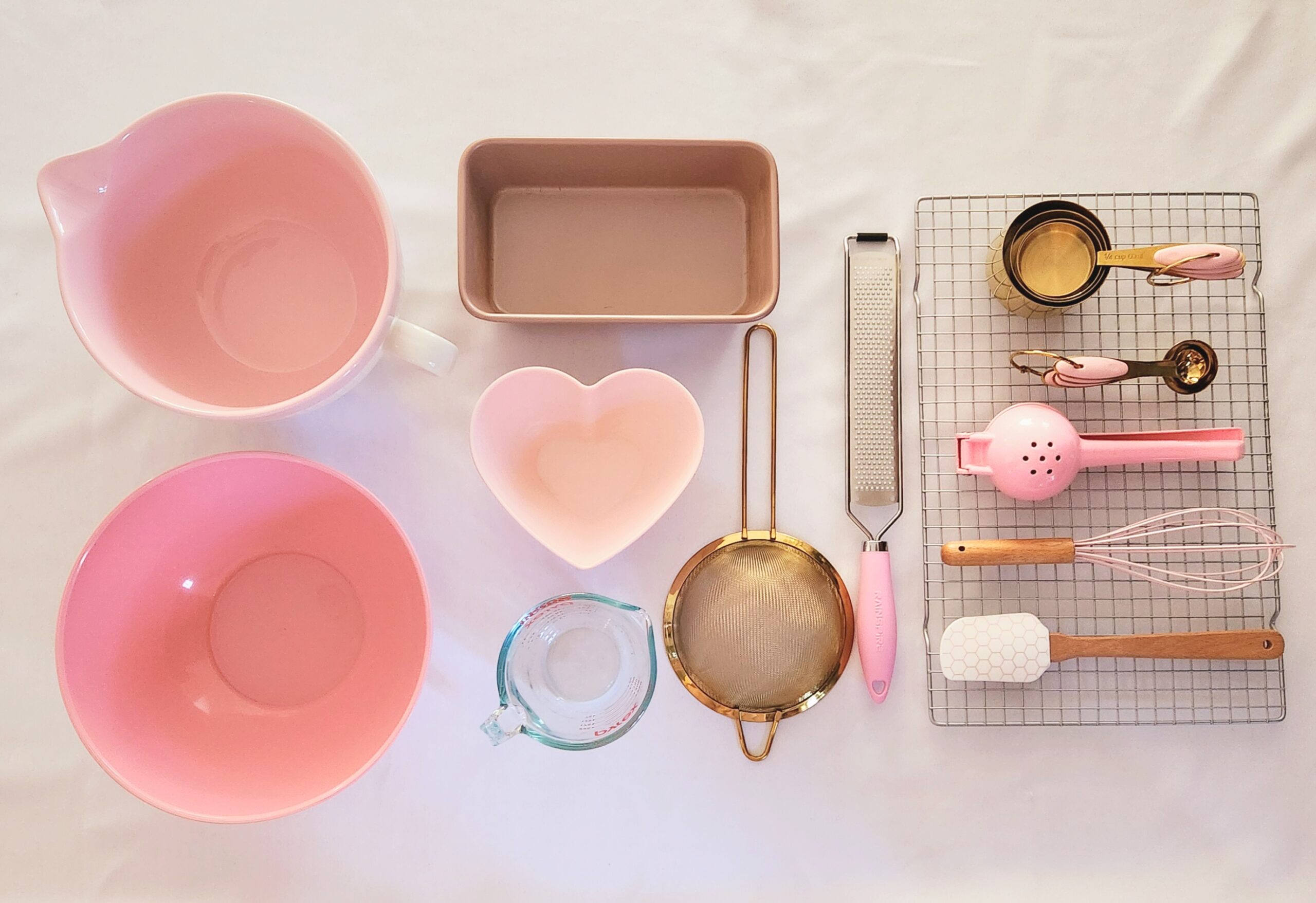
- 9×5 inch loaf pan
- Parchment paper
- Nonstick baking spray
- Dry measuring cups
- Liquid measuring cup
- Measuring spoons
- Microplane or fine grater
- Small mixing bowl
- Medium mixing bowl
- Large mixing bowl
- Whisk
- Rubber spatula
- Citrus squeezer or reamer
- Sieve or sifter
- Cooling rack
The Process
Prepare the Batter
Start by baking your loaf. Preheat the oven to 350F, on the convection setting if possible, and prepare the pan. Line a 9×5 inch loaf pan on the bottom and up the two longer sides with parchment paper, so it comes 1-2 inches above the top of the pan, and spray the uncovered shorter sides with nonstick baking spray. This way, the loaf will be very easy to lift out of the pan when the time comes. Set this pan aside.
Time to amp up the flavor! Any lemon dessert is a delicate balancing act with how intense the lemon should be. If you add too much, it ends up tasting like a cleaning product. Add too little, you can’t really taste it. I crafted this recipe mindful of that balancing act, so if you follow along as I’ve instructed, you’ll wind up with the perfect lemon bread.
Pour the sugar into a small mixing bowl. Zest the lemon using a microplane or fine grater directly into the sugar, and rub them together. Set this mixture aside, allowing it to sit for 5 minutes or so. Doing this gets the sugar to draw the natural oils out of the lemon zest, giving more of a lemon punch.
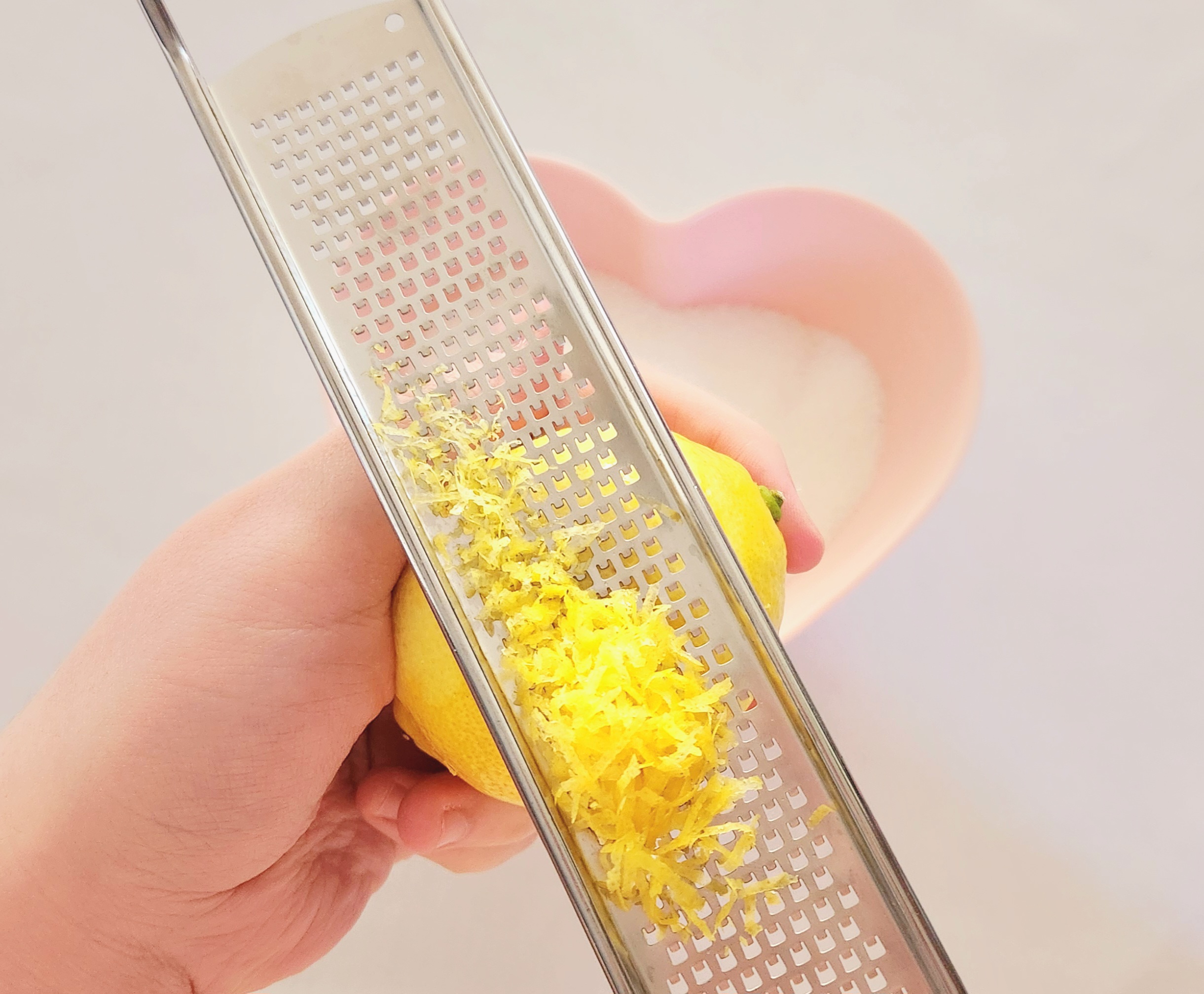
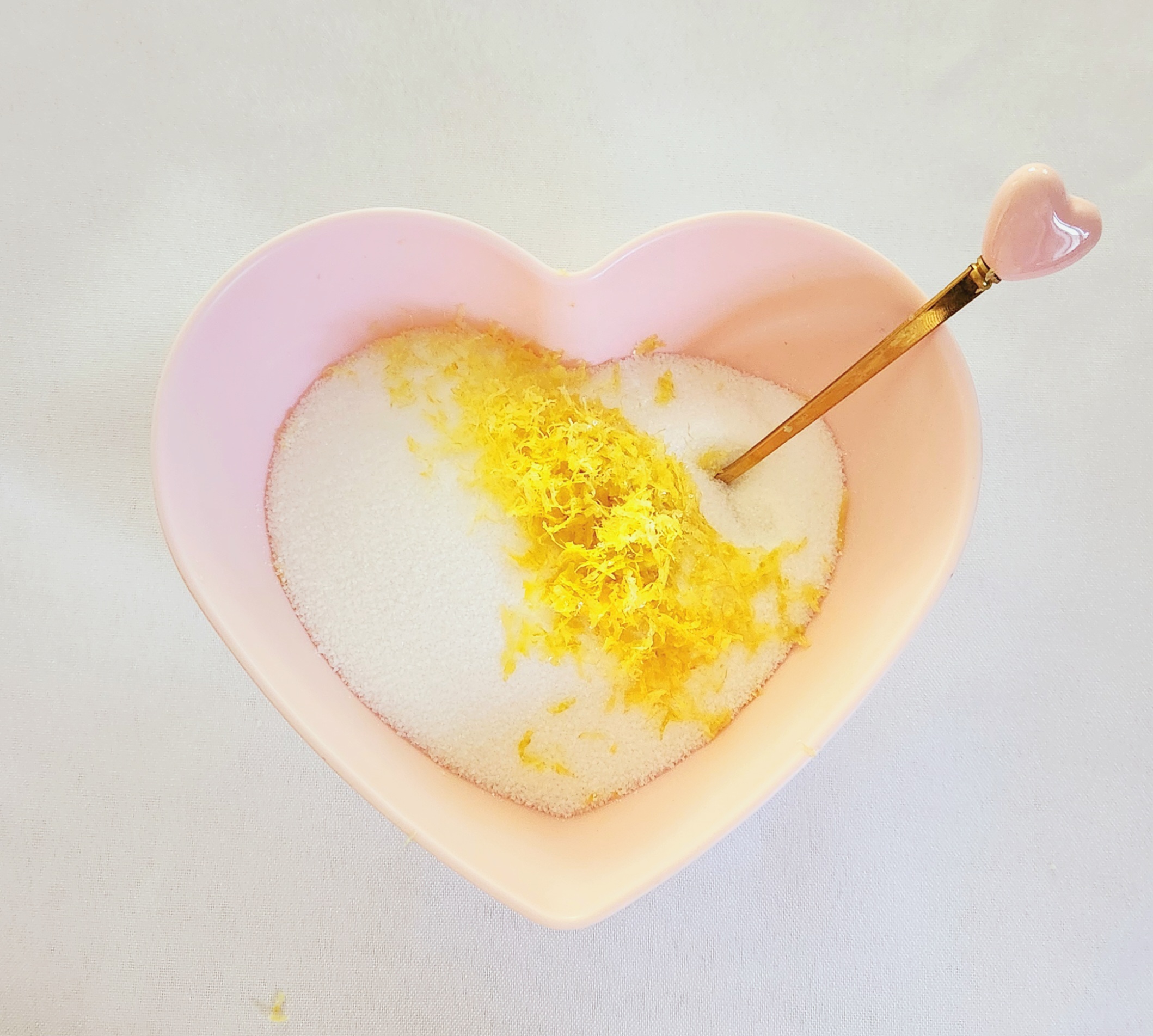
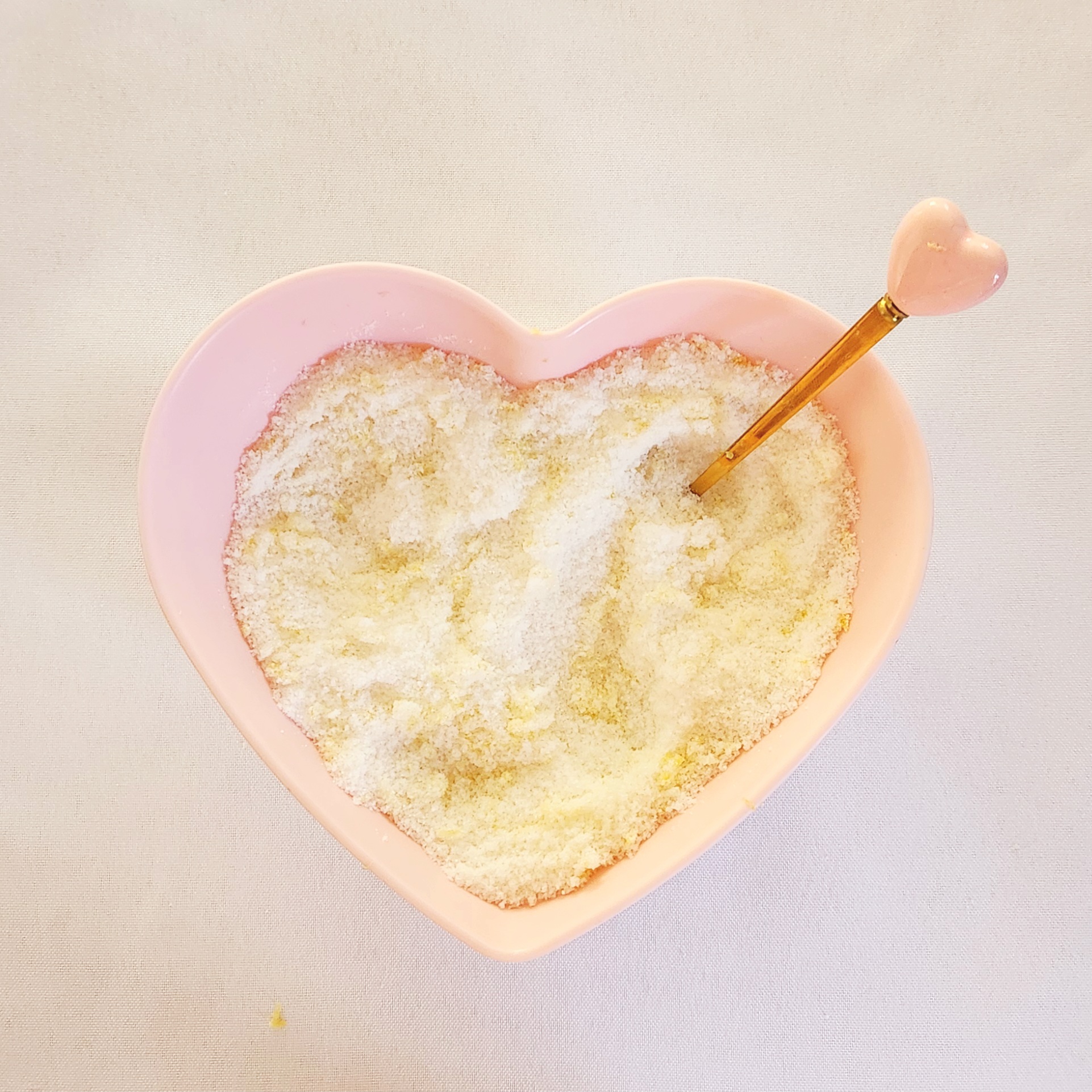
In a medium mixing bowl, whisk together the flour, salt, baking powder, and baking soda. Set this bowl aside.
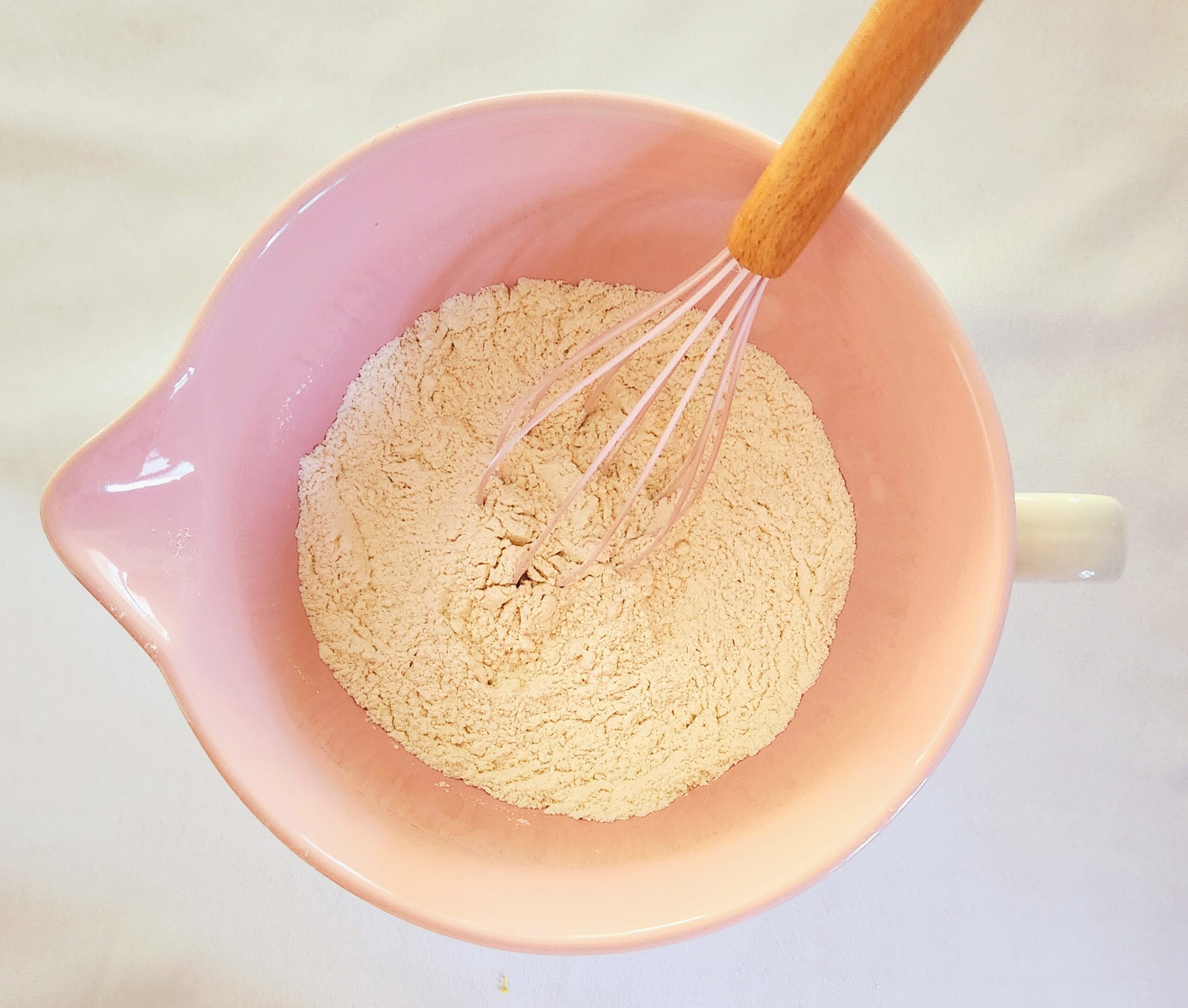
In a large mixing bowl, heat the butter in the microwave in 30 second increments until it’s melted. Take care not to overheat the butter, if it’s hot then it might cook the egg. No one wants tiny bits of scrambled egg in their quick bread. Add in the lemon sugar, yogurt, milk, lemon juice, egg, and lemon extract, and whisk them together until a homogeneous mixture forms.


Toss the dry goods into the wet mixture and, using a rubber spatula, gently combine the two until a batter comes together, leaving no streaks of flour. Switching to the rubber spatula for this step helps to prevent too much gluten development as you combine the dry with the wet. Too much gluten means a tough lemon bread. We’re looking for soft, moist, and delicate, not weird and kind of chewy.
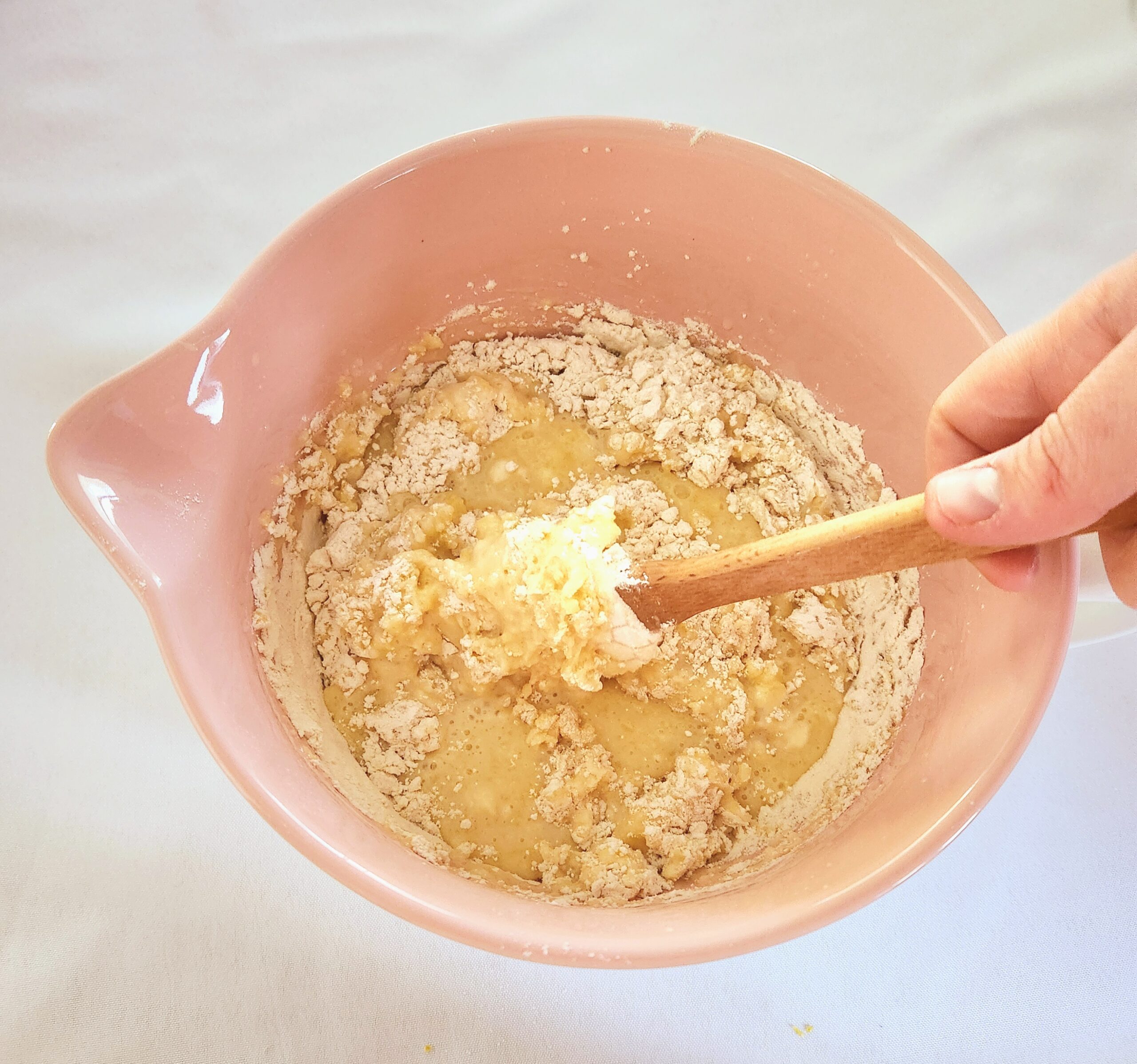
Pour the batter into the prepared pan, taking care to scrape the sides of the bowl with the rubber spatula to get as much batter into the pan as possible. Bake it for 60 minutes or until a toothpick comes out clean, flipping it around halfway through baking.
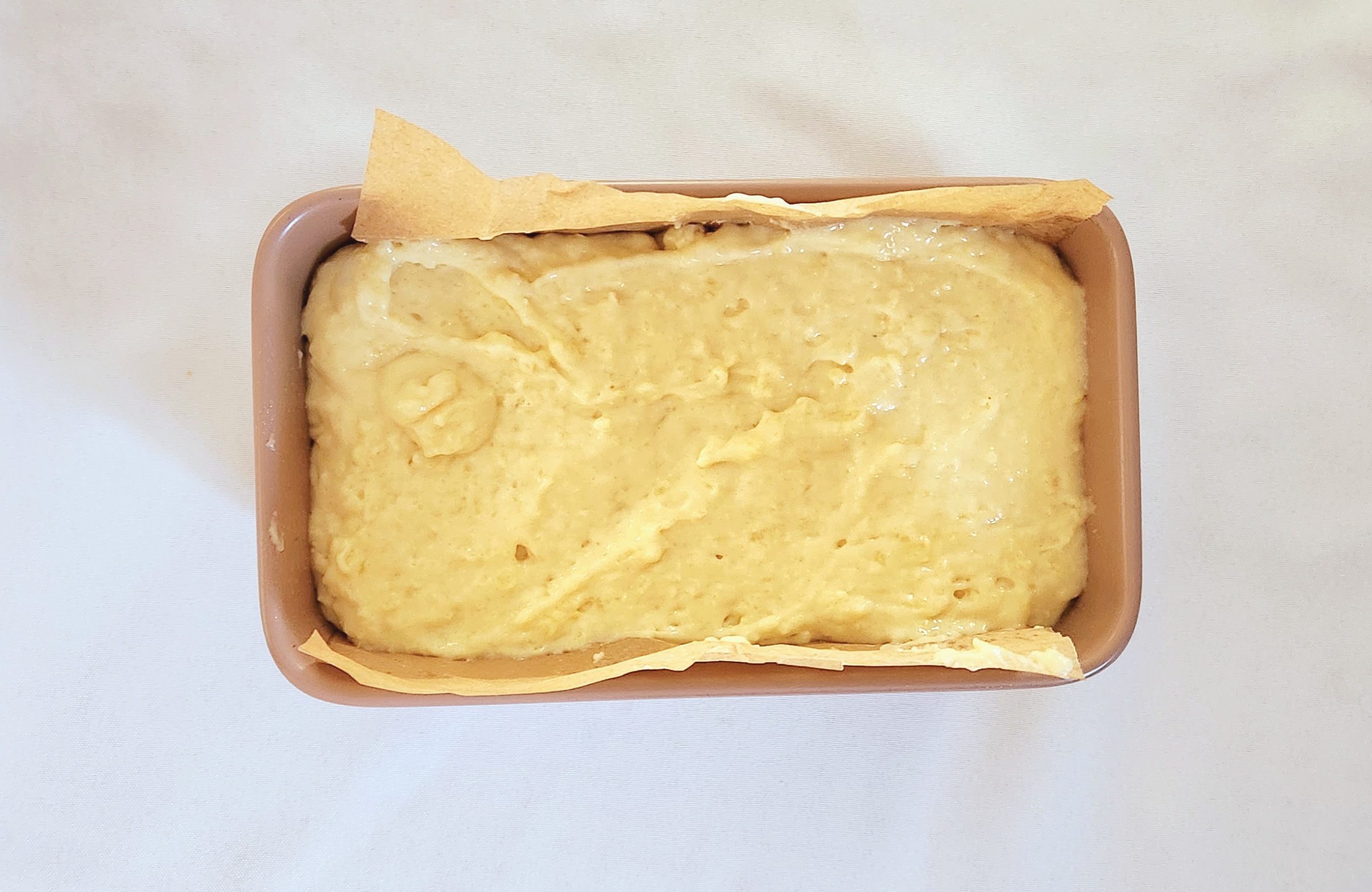
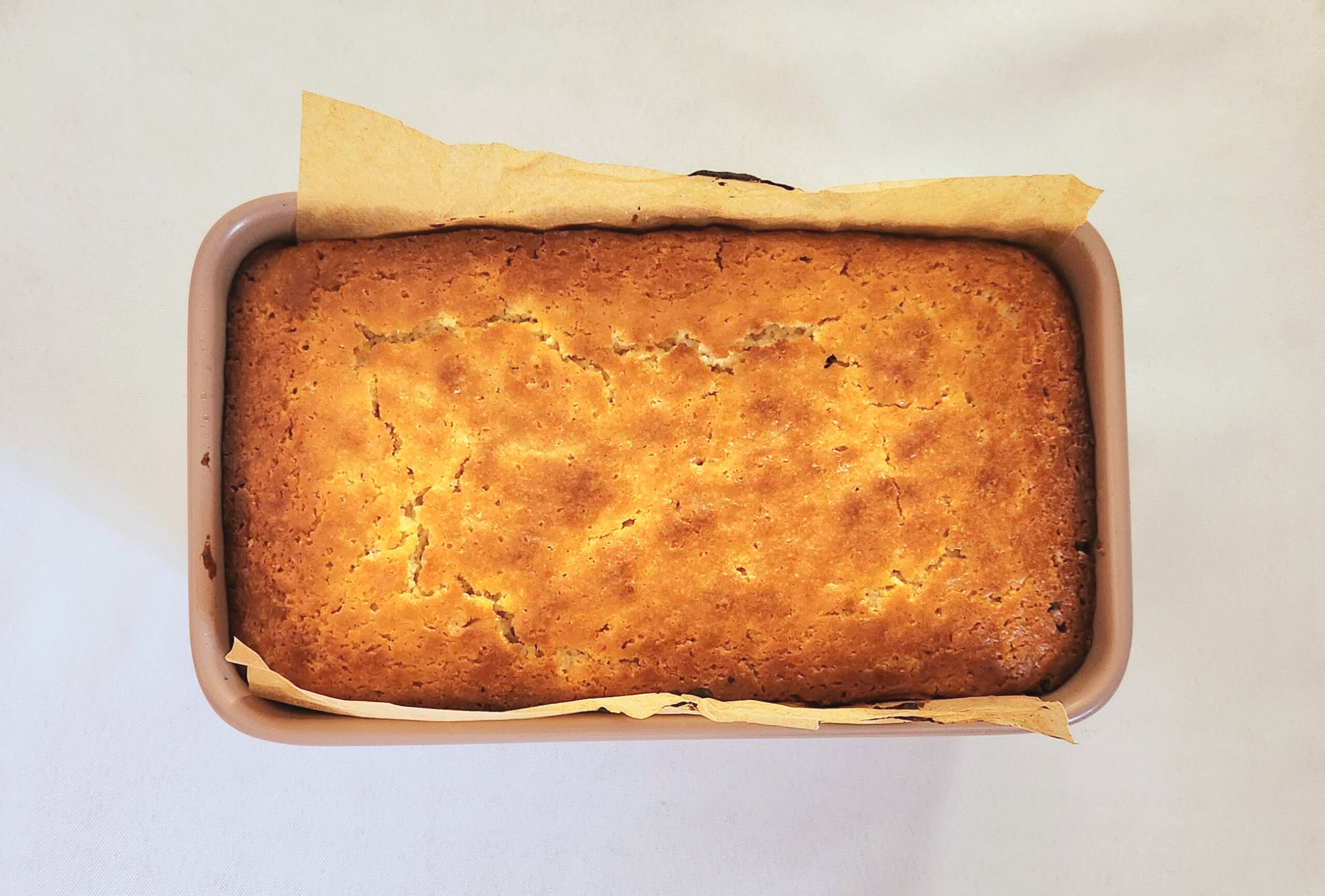
Allow the loaf to sit in the pan for 10 minutes, then transfer it over to a cooling rack.
Prepare the Glaze
When it’s completely cooled to room temperature, make the glaze. Waiting for the loaf to cool completely prevents the glaze from melting as soon as it coats the outside of it. Melted glaze wont stick well to the loaf, it prefers to run off and onto the counter. Patience pays off, wait for it to cool. In a medium mixing bowl, sift the powdered sugar. Whisk in the salt, lemon juice, and milk.
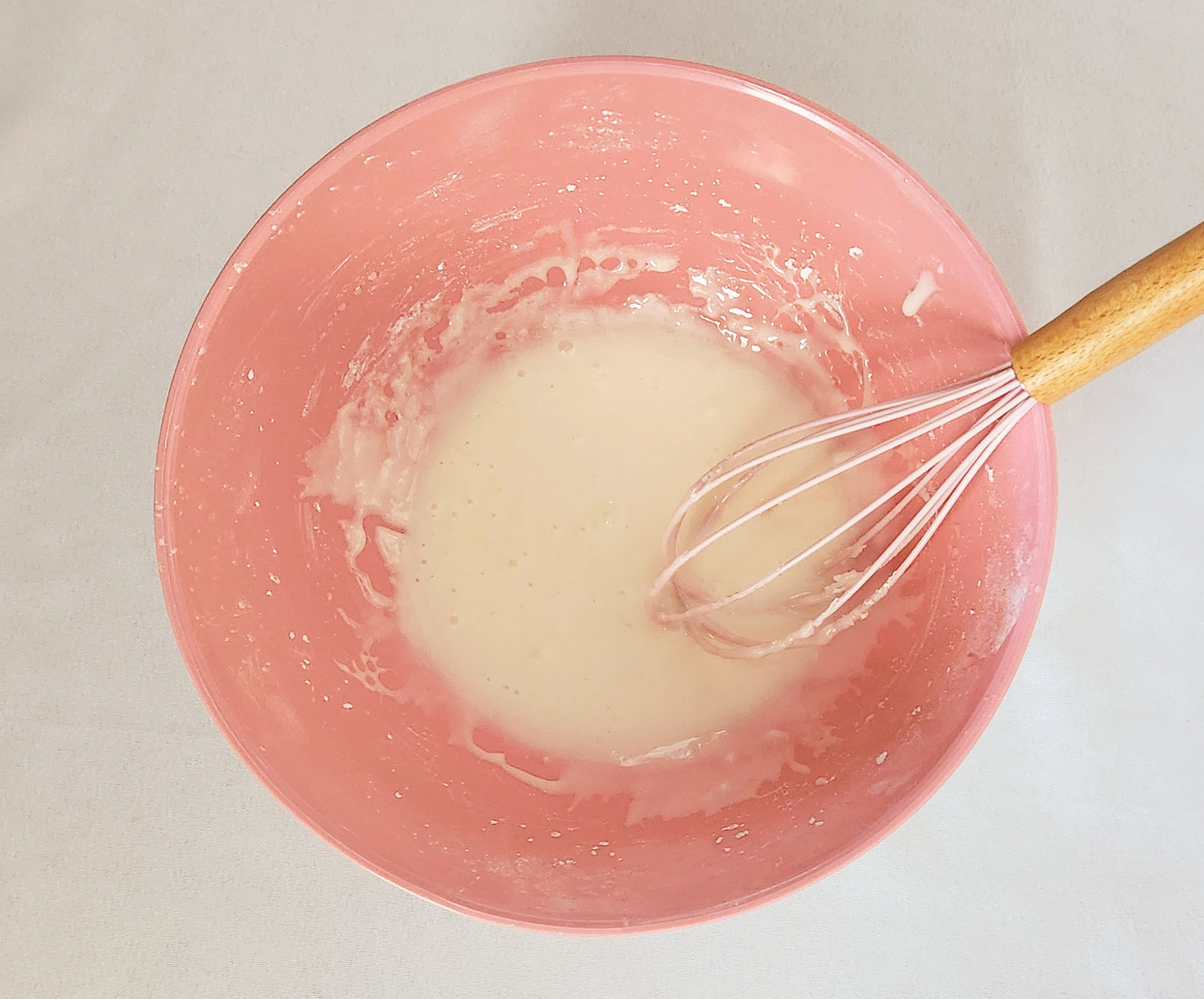
Move the cooling rack where the loaf pan has been resting onto a baking sheet, then gently pour the glaze over the entire loaf. This controls the mess, so any glaze that does drip off is contained to the pan.
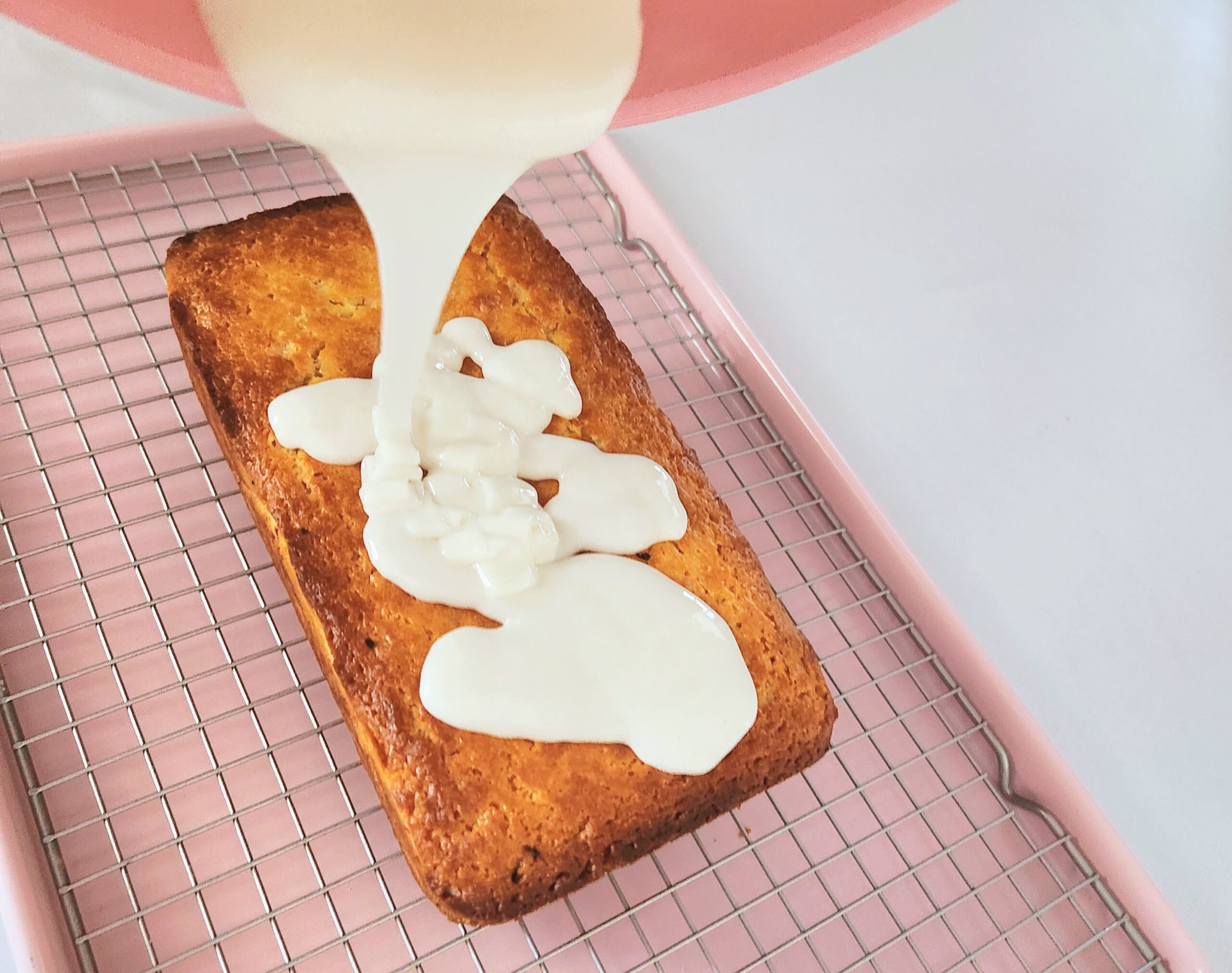
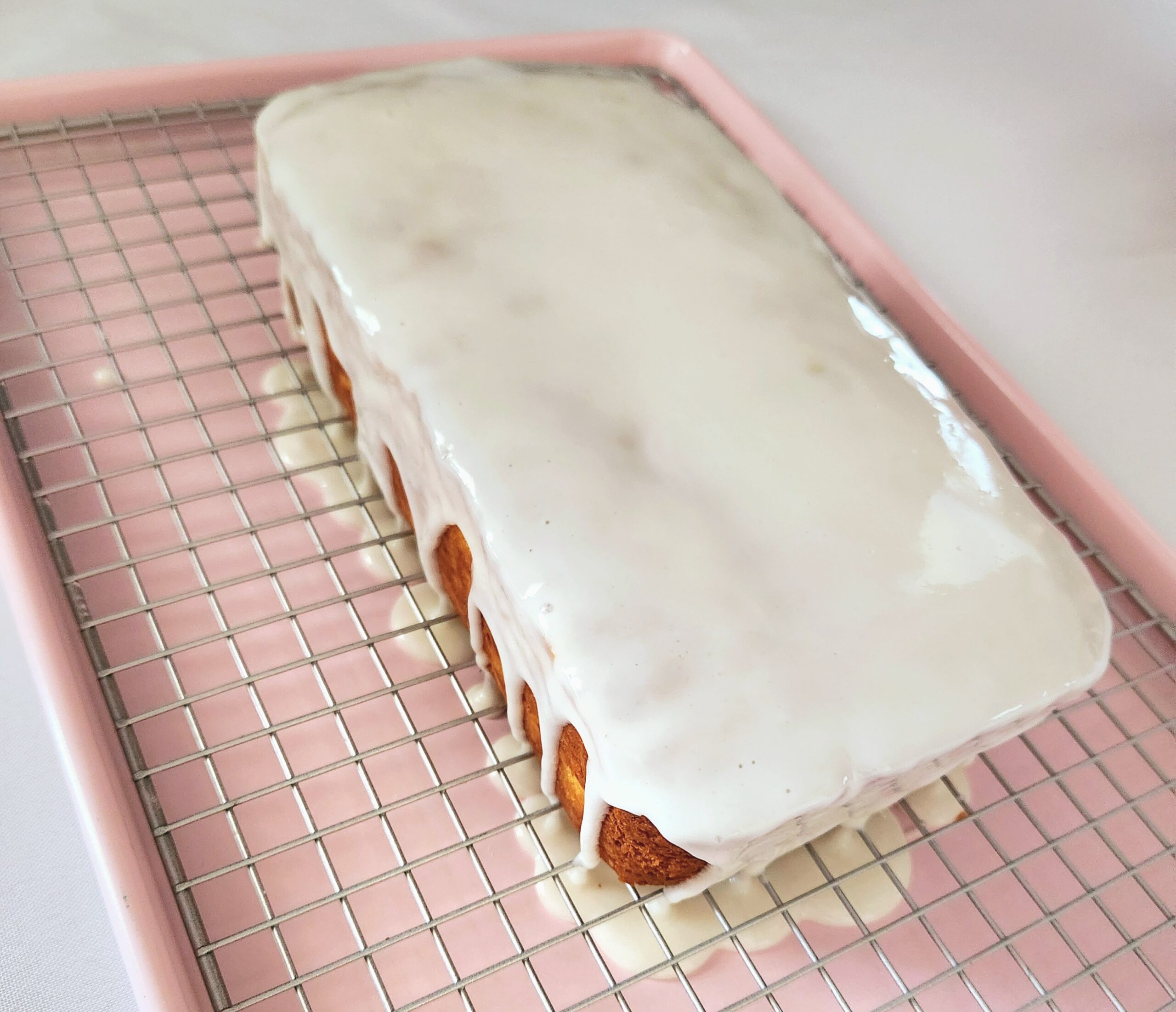
Allow the glaze to dry completely before you slice and serve. Store any leftovers in an airtight container on the counter, and enjoy!
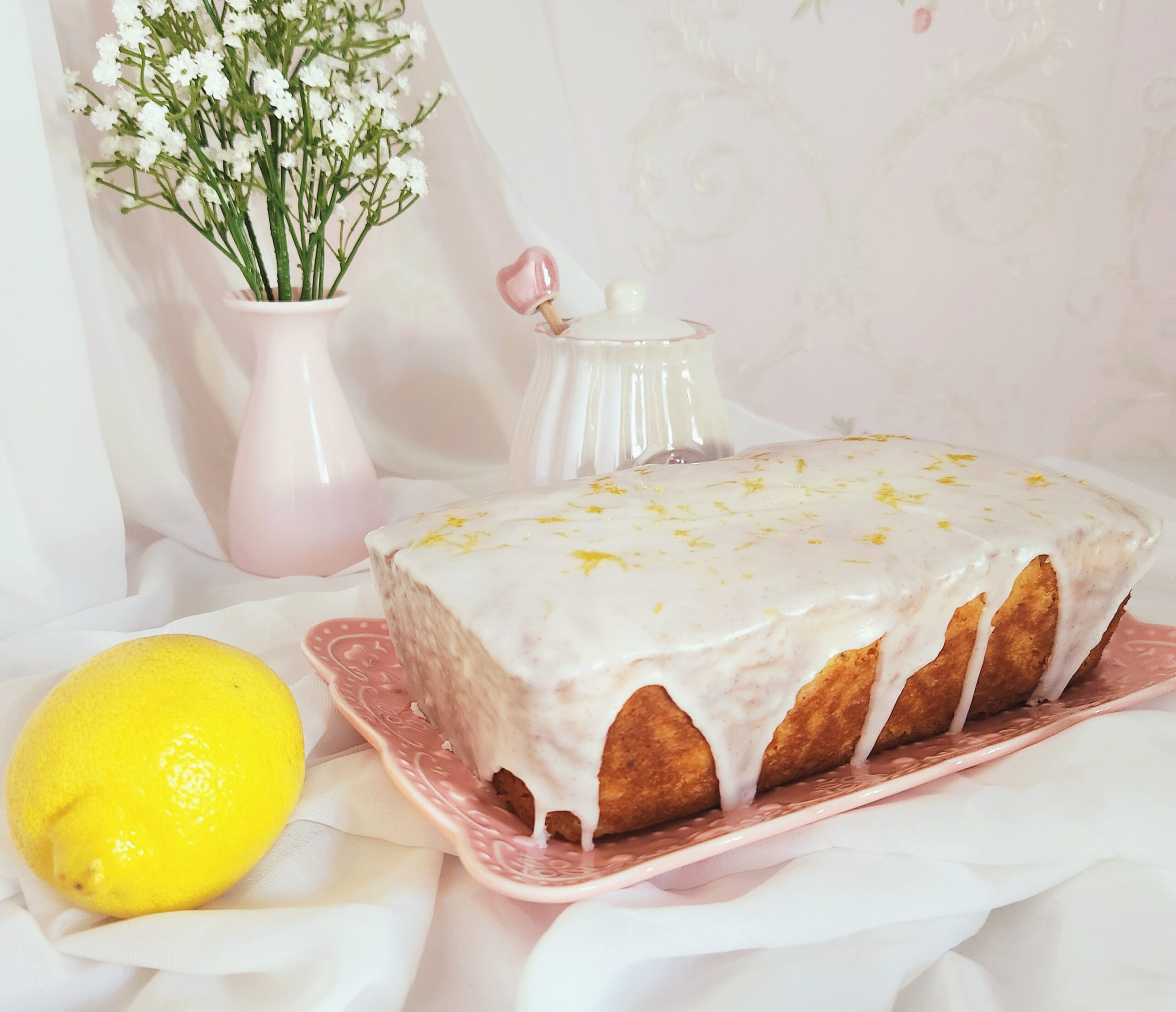
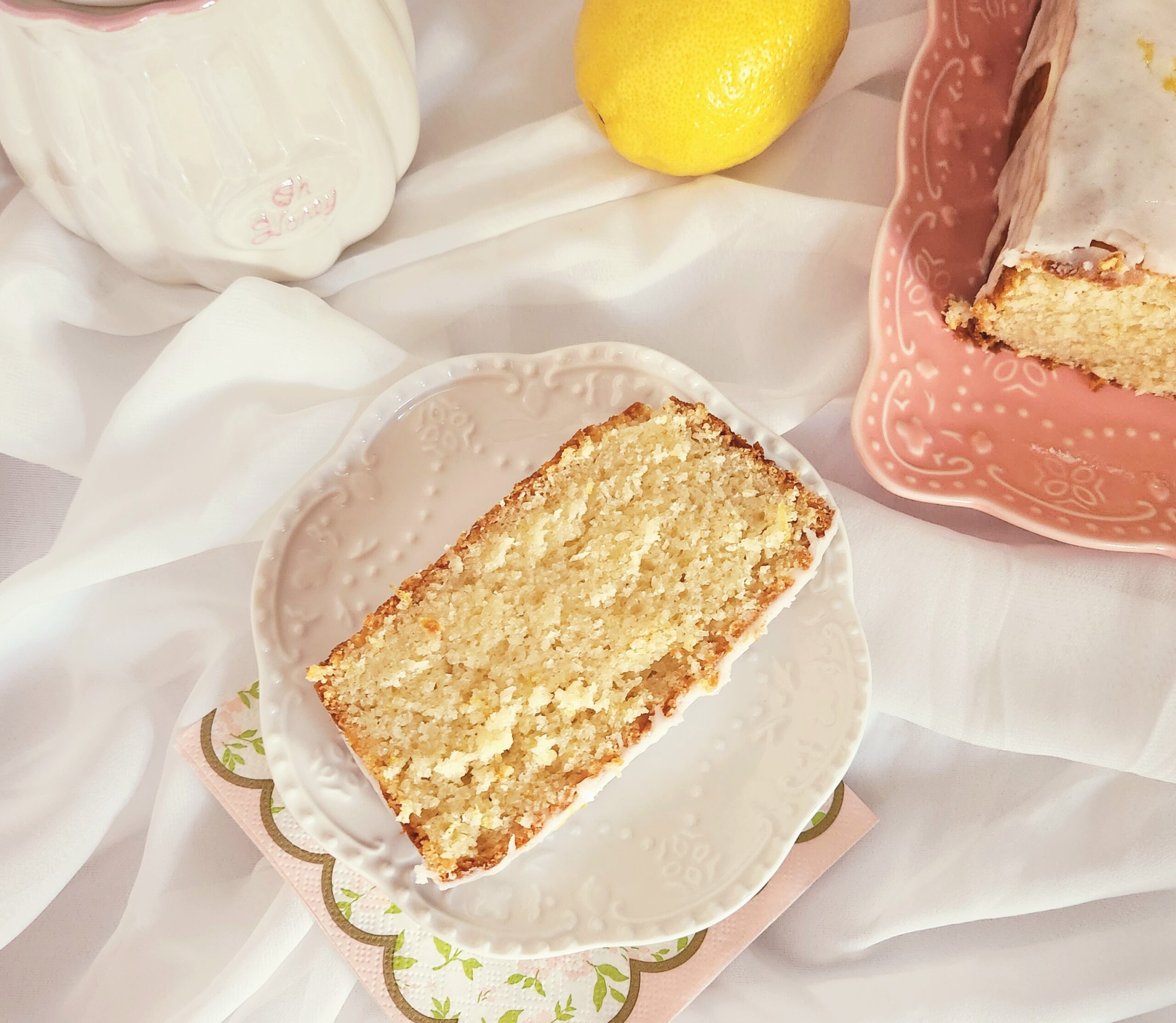
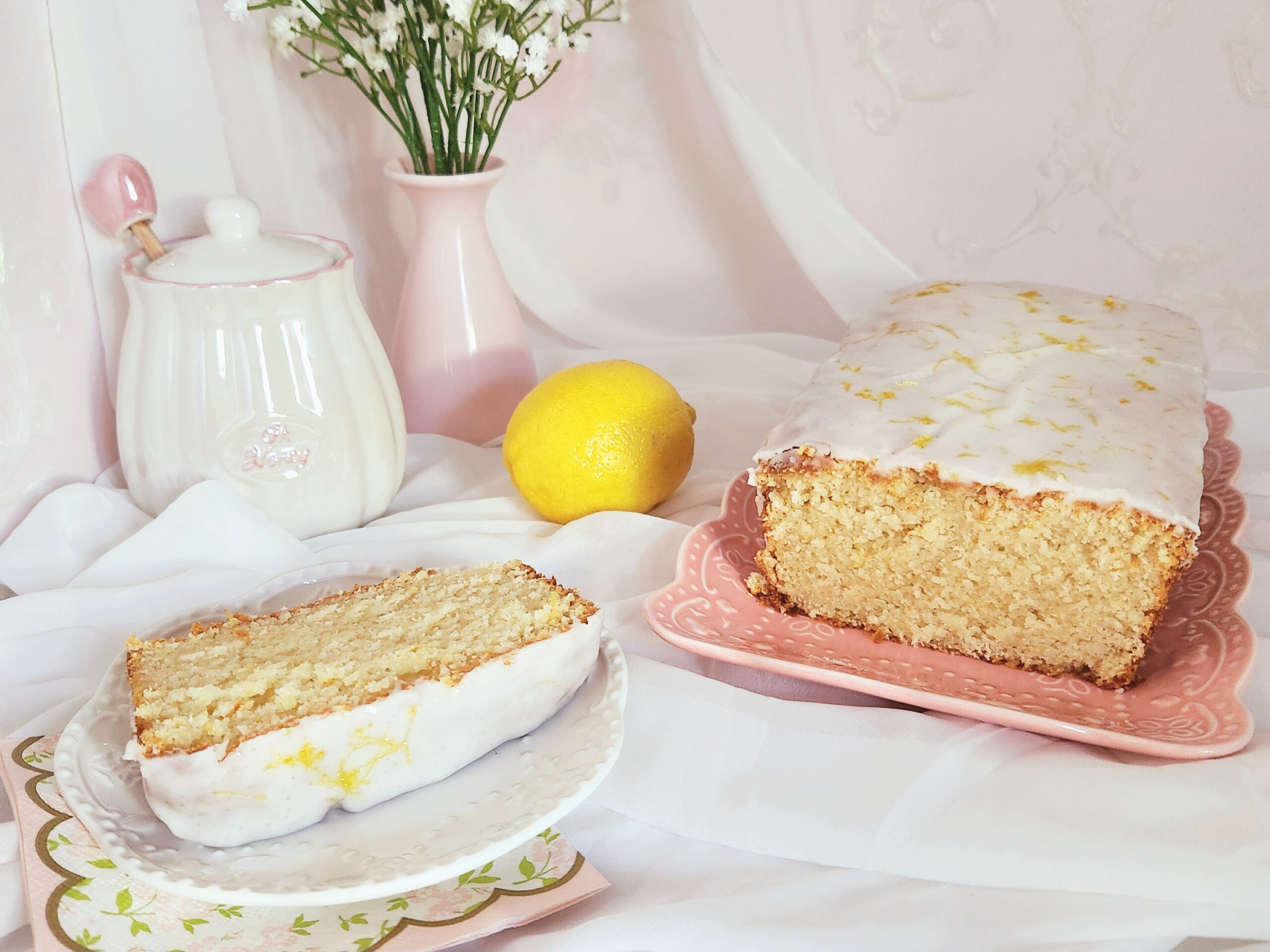
Lemon Bread
Bake Time: 350F for 60 minutes
Servings: 8 Slices
Total Time: 90 minutes
Prep Time: 30 Minutes
Ingredients:
Batter:
- 1 ¼ cup sugar
- 1 ½ Tablespoons lemon zest
- 2 cups all-purpose flour
- 1 teaspoon salt
- 1 teaspoon baking powder
- ½ teaspoon baking soda
- 12 Tablespoons unsalted butter
- 1 large egg
- ½ cup full fat plain greek yogurt
- ½ cup whole milk
- ½ cup fresh squeezed lemon juice
- 1 teaspoon lemon extract
- 1 teaspoon vanilla extract
Glaze:
- 2 cups powdered sugar
- ¼ teaspoon salt
- 3 Tablespoons fresh squeezed lemon juice
Directions:
Batter:
- Preheat the oven to 350F, on the convection setting if possible, and prepare the pan. Line a 9×5 inch loaf pan up on the bottom and up the two longer sides with parchment paper, so it comes 1-2 inches above the top of the pan, and spray the uncovered shorter sides with nonstick baking spray. Set this pan aside.
- Pour the sugar into a small mixing bowl. Zest the lemon using a microplane or fine grater directly into the sugar, and rub them together. Set this mixture aside, allowing it to sit for 5 minutes or so.
- In a large mixing bowl, whisk together the flour, salt, baking powder, and baking soda. Set this bowl aside.
- In a medium mixing bowl, heat the butter in the microwave in 30 second increments until it’s melted. Add in the lemon sugar, yogurt, milk, lemon juice, egg, and lemon extract, and whisk them together until a homogeneous mixture forms.
- Make a well in the center of the dry goods and pour the wet mixture into the well. Using a rubber spatula, gently combine the two until a batter comes together, leaving no streaks of flour. Pour the batter into the prepared pan and bake it for 60 minutes or until a toothpick comes out clean, flipping it around halfway through baking.
- Allow the bread to sit in the pan for 10 minutes, then transfer it over to a cooling rack. When it’s completely cooled to room temperature, make the glaze.
Glaze:
- In a medium mixing bowl, sift the powdered sugar. Whisk in the salt, lemon juice, and milk.
- Move the cooling rack where the loaf pan has been resting onto a baking sheet, then gently pour the glaze over the entire loaf. Allow the glaze to dry completely before you slice and serve. Store any leftovers in an airtight container on the counter, and enjoy!
Tips
- Make sure your bread is situated on a cooling rack nestled in a sheet pan before you glaze it, so that the excess glaze stays contained.
- If you don’t have plain yogurt, you can use lemon yogurt, vanilla yogurt, or full fat sour cream as a substitute.



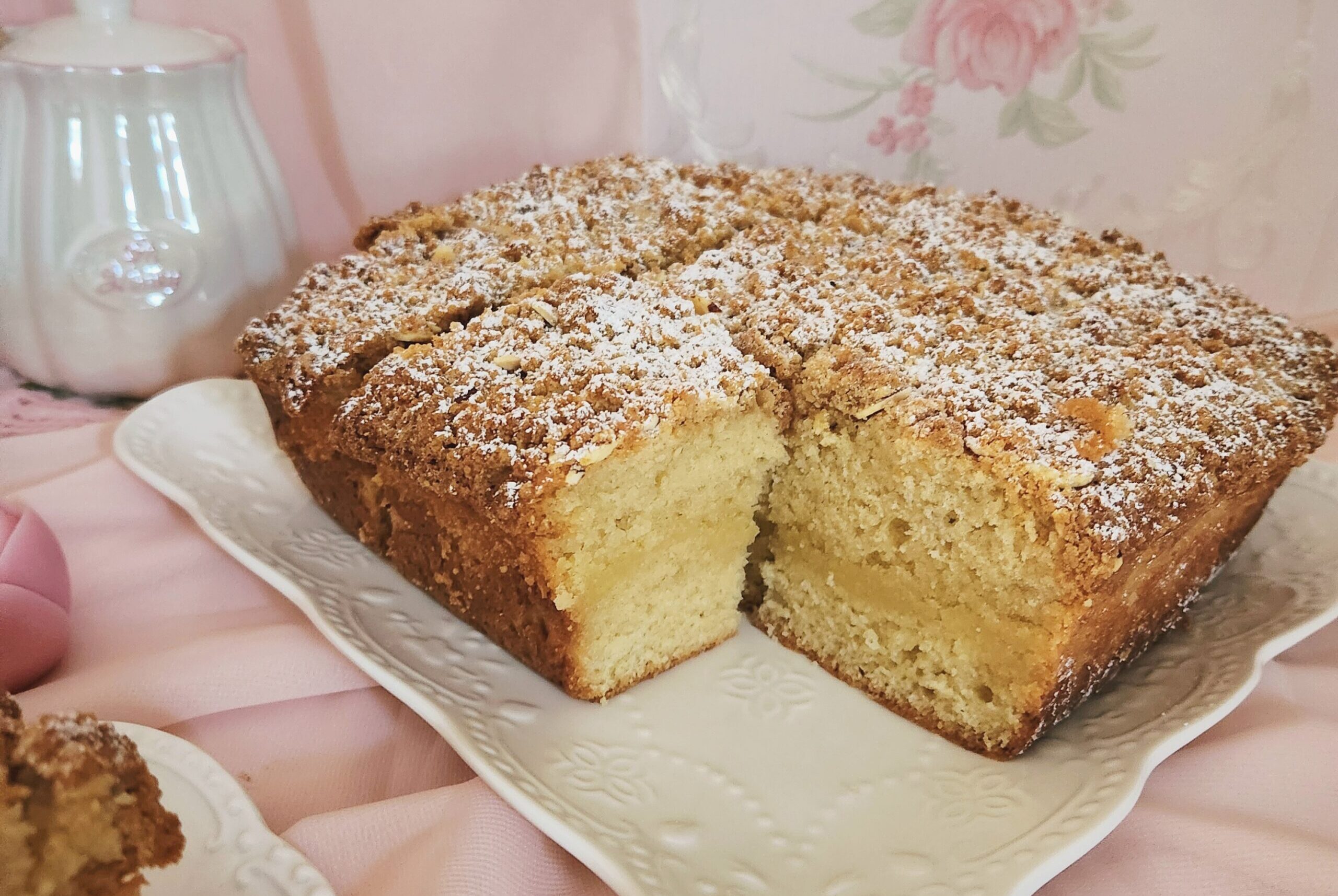
0 Comments